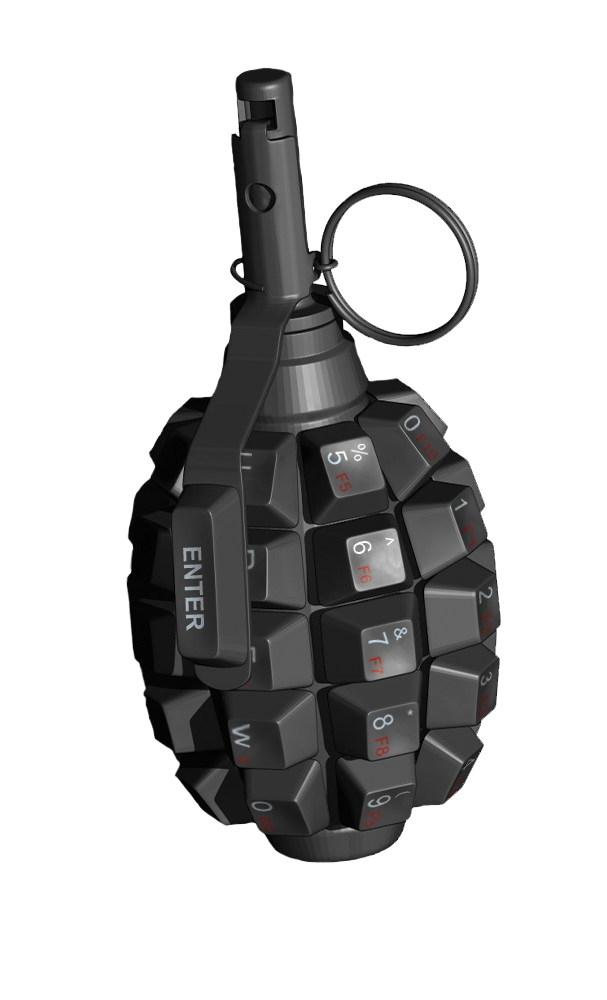Cyber
- We provide tailored cyber services and solutions, designed to meet the unique needs of each business, individual, and situation. During the initial phase, we focus on adapting the product to the customer’s specific requirements while accurately identifying and characterizing potential threats
- Our team helps clients assess cyber risks, respond to emerging threats, and protect their business through managed detection and response services. By leveraging advanced tools and strategies, we ensure the continuous defense of our clients’ digital environments
- We work closely with our clients to identify potential sources that could compromise sensitive information, allowing for an appropriate and timely response. We strongly advise all clients not to wait for a cyber-attack to occur but to conduct a thorough preliminary check to identify gaps in their cybersecurity systems
- Our cyber teams are composed of highly skilled professionals, specializing in cutting-edge technologies and techniques. Each member of our team is a graduate of operational cyber units within Israeli intelligence services, ensuring that our clients benefit from unmatched expertise and experience
Red-Team
A security red-team is a test that aims to assess the security level of an organization, identify main weaknesses in its security posture, provide insights about the organization’s resilience level, and reveal how prepared it is to withstand a real-life attack. The way to provide such assessment is by simulating real cyber-attack. The standard process of a security red-team involves the following stages:
- Planning – working with a client to define the scope, timeline objectives. Rules of engagements etc.
- Information Gathering – This stage may be also called threat intelligence or reconnaissance. This is the stage where the team collects information about the potential attack surface and build an attack plan.
- Initial Penetration – Finding the first point of access which may be an external facing server, a user endpoint, or any other endpoint in the organization network.
- Establishing control – Usually involves elevation of privileges and establishing some method of remote control (reverse shell, web shell, RDP access etc.)
- Lateral movement and Trophy Hunt – Once the team has established some type of control of internal resources in the network, it is time to move forward and access the most valuable assets of the organizations (e.g., access the payment system and prove you can make a transaction). These trophies are defined together with the customer at the planning stage.

